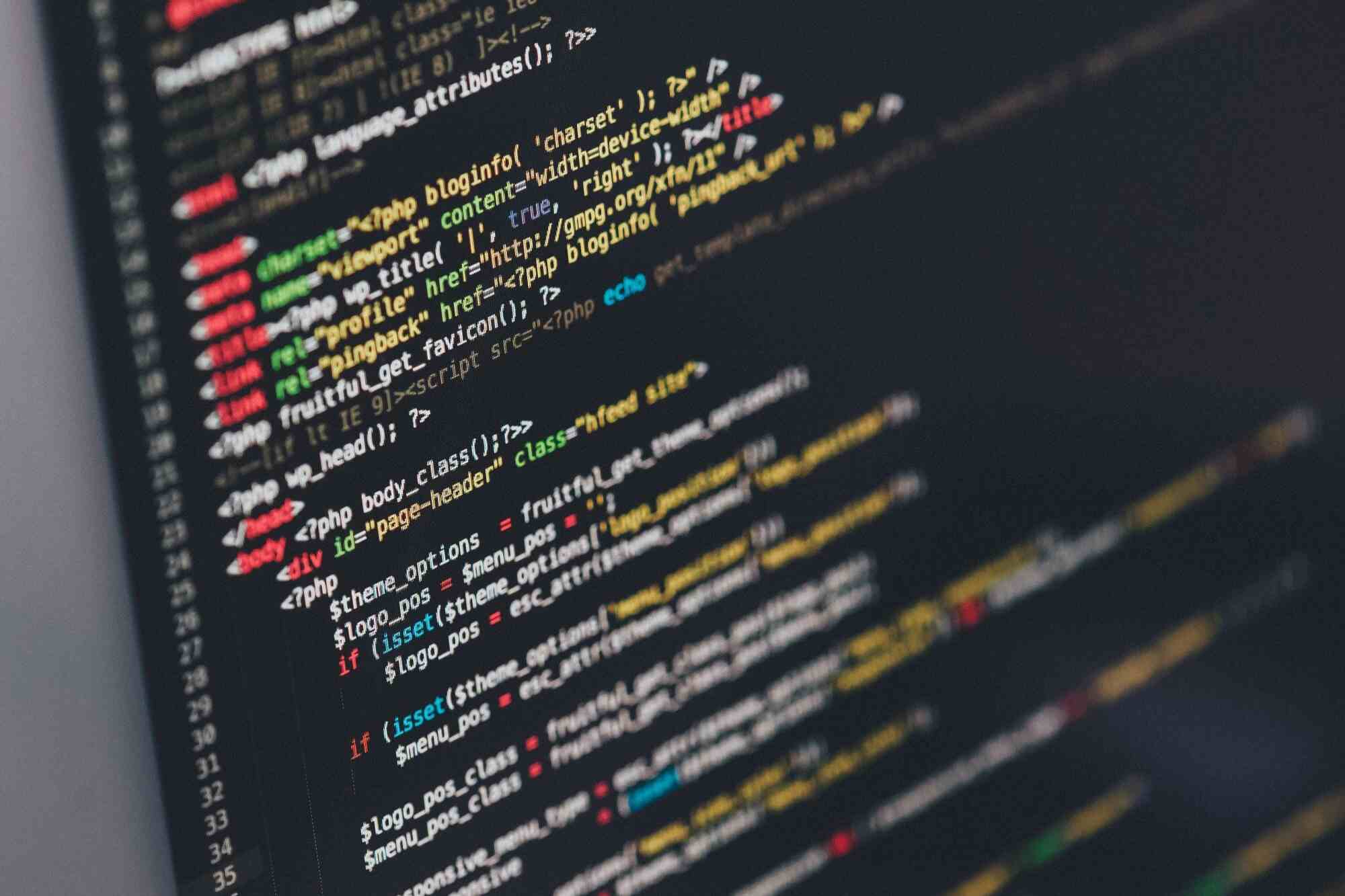The invention of the personal computer reshaped the world in a way we haven’t seen since. It became possible to send information to people across the globe, start businesses from your home, and seamlessly research new information.
Software development is one of the most notable potential uses computers have, but not everyone understands how these devices convert programming languages to machine code.
This occurs during the compilation process, which can be complex for newbies to comprehend. Let’s explore the key information you should know about this topic so you can make the most of it.
Table of Contents
What Is the Compilation Process?
Compilation translates human-written code into something the computer can understand, known as machine code. Compilation will vary slightly depending on the programming language you use, but most languages are highly similar. Regardless, the result is being able to run the code that you’ve written in your development environment.
Compilation Phases
To get a better understanding of the compilation process, we’ll need to take a closer look at its primary phases. Each of these is essential for ensuring the code executes properly. Let’s explore them in detail below.
Lexical Analysis
This segment of compilation will split your code into different parts known as “lexemes.” These fragments are used to create a sequence of tokens for further analysis, and the process is aptly named “tokenization.”
A token is an object used to describe a lexeme. This is true whether the lexeme is a variable name, keyword, or string literal. It also stores the lexeme’s source code.
Syntax Analysis
During syntax analysis, tokens are generated by the compiler to create a structure called an abstract syntax tree (AST). This entity serves as the logical foundation of a program.
During syntax analysis, the compiler will check for errors in syntax correctness and grammatical structure. If any are discovered, the compiler will notify the developer about them through error messages. Some integrated development environments (IDEs) include links to resources with error messages to help users overcome the problem.
Semantic Analysis
The compiler will use the AST to detect semantic errors you might’ve made when typing your code. Common semantic errors include using an undeclared variable or giving a variable the wrong type. To elaborate on the latter, let’s assume you created an integer variable but defined it as a string.
This code would look something like “int 5 = “five.” You would get an error in this case since the “int” variable expected a numerical input instead of text.
Another common error involves declaring multiple variables with the same name within the same scope. This most often arises when people create functions that use multiple variables with identical names.
Intermediate Code Generation
Compilers can generate multiple intermediate code forms. there are two ways to represent this code: low-level and high-level. Amateurs often mix these two terms up.
Despite the name, low-level code is notably complex and closer to machine code in design. Imagine how an iceberg looks from above and below the surface.
The deeper you go, the more complex the iceberg becomes. The same applies to intermediate code generation.
In contrast, high-level code is similar to the source language you’re working with. High-level code is easier to optimize, but it has difficulty enhancing the machine’s performance.
Optimization
As the name implies, this part of compilation involves looking for ways to make your code run more efficiently. there are certain rules the compiler follows when doing so, though. One of the most important is that the code can’t change the original meaning of the program during optimization.
The optimization process should also be completed promptly. Its primary focus is on minimizing resource consumption and improving speed.
Code Generation
When the code is finally generated, it converts your optimized intermediate code form to machine code that your computer can understand. This code should have the same meaning as the source code. It should also efficiently use CPU resources and memory.
Your code should run with little issue. If problems do arise, you can begin a process known as “debugging.” This involves going through your code and making adjustments until errors no longer occur.
Keep in mind your program can still have bugs even if it doesn’t have errors. A bug is simply a segment of code that doesn’t function like it’s supposed to.
Compiler vs Interpreter
Many people confuse these two terms. While they have similarities, it’s crucial to understand their discrepancies.
A compiler converts code but doesn’t execute it. Each instruction translates only a single time.
It consumes more memory than an interpreter because of intermediate code generation. Common compiled languages include C++, Swift, C#, and Java.
An interpreter will execute the code directly. Analysis can occur for the same instruction multiple times. Interpretive programs take longer to run, but they execute input code directly.
This uses less memory. Ruby, PowerShell, and PHP are common interpreted language examples.
Common Compiler Errors
there are a handful of compiler errors that many users encounter. This is true no matter how experienced someone is in software development.
Missing semicolons and mismatched brackets are frequent culprits. Users also sometimes forget to Define the methods they create.
If a variable is already defined elsewhere, creating a new one with the same name will cause issues. Improper casing can prevent code from functioning correctly. This is especially true when using an IDE’s built-in methods, which are always case-sensitive.
Sometimes, the bugs are introduced on purpose to test how the code handles different scenarios. This process is known as solidity mutation testing and has many potential applications in software development.
Programming Compilation Is Simple
While the fine details of the compilation process are rather complicated, compilation as a whole is fairly easy to understand. The info in This guide will help you avoid issues you may have otherwise encountered and make the most of your projects.
Looking to learn other useful tech information that can help you better understand software development? Our blog has plenty of articles like this one. Be sure to check them out today!





